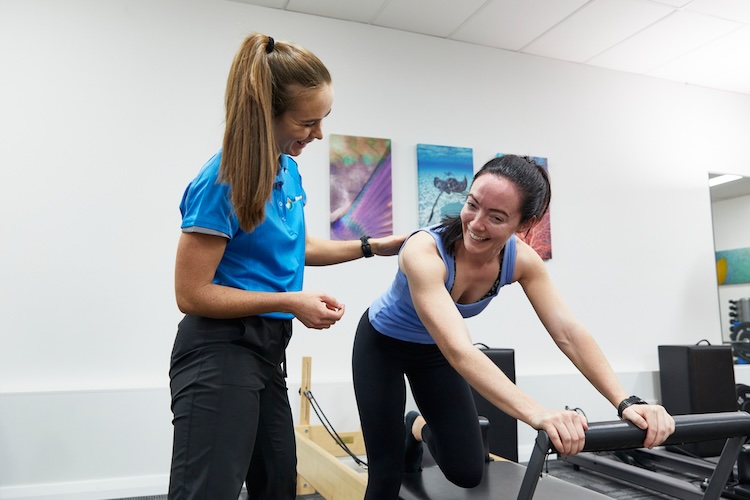Occupational Therapy Next Wave Therapy O’Connor (Fremantle area) WA
Frozen shoulder (FS), also known as adhesive capsulitis, is associated with severe pain, loss of movement, inability to perform activities of daily living and interrupted sleep. The pathogenesis of FS is understood to be inflammation, fibrosis and contraction of the glenohumeral joint capsule, however further research is suggesting that muscle guarding may be partly a contributing factor to the restriction in shoulder movement. Frozen shoulder appears to be more prevalent in women between 40-60 years of age and is often gradual and idiopathic (no known cause).
Frozen shoulder symptoms
Significant pain and shoulder stiffness is often felt in the shoulder joint and rotator cuff area when the shoulder is resting as well as moving. In an attempt to avoid the pain and protect themselves individuals will often support their arm by their side or rest on the stomach. Further movement restriction can often result in greater stiffness and restricted movement.
Frozen shoulder typically has 3 transitionary phases. These stages are:
-
Increasing pain and progressive stiffness: the shoulder gradually begins to stiffen and the pain within the shoulder also begins to intensify, which is often experienced for the first four to nine months. The pain will often get worse at night and when temperatures are colder.
-
Ongoing stiffness and decreasing pain: Pain and stiffness in the shoulder is still experienced when the shoulder is active, however when resting the pain begins to decrease. This can last anywhere between four to twelve months
-
Resolution phase: that remaining pain experienced settles and movement improves.
Frozen shoulder diagnosis and treatment
The only way to truly diagnose a frozen shoulder is under aesthetic as there is no muscle activation and movement is coming purely from the joint. This level of diagnosis is not common therefore the gold standard is an X-ray with no changes in the shoulder joint (exclusion of osteoarthritis, significant rotator cuff disease, fractures and locked dislocations).
Treatment ultimately aims for lengthening the glenohumeral joint to enable the restoration of range of movements, whilst managing pain. Corticosteroid injections are a common surgical intervention, however if this is not a preferred or recommended option non-surgical treatments include Physiotherapy and Occupational Therapy which focus on treatment around the rotator cuff, as they are most commonly restricted in the range of motion and often “guard” the shoulder joint.
Frozen Shoulder and Occupational Therapy
Occupational therapists look at one’s ability to perform their daily activities. When an individual is suffering from frozen shoulder, activities such as dressing, washing your hair and cooking can become significantly impacted.
An occupational therapist treatment aims to assist individuals via education, hands on therapy and activity adaptation strategies.
Occupational therapy education strategies include;
-
Pacing
-
Self-awareness
-
Relaxation training
-
Pain education
-
Sleep therapy
This therapy helps people to identify and understand the factors that contribute to their pain persisting.
Activity adaption includes
-
Teaching adaptive techniques and strategies for completing a task.
-
Prescribing aids/ equipment for use at home, in the workplace or in community
Activity adaptation is aimed at supporting someone’s ability to continue to engage in their meaningful activities.
Soft Tissue Therapy
Hands on soft tissue therapy provides direct treatment to muscle groups involved in a frozen shoulder presentation. Treatment is provided focusing on rotator cuff muscles and reducing the muscle stiffness from guarding the shoulder joint alongside range of motions exercises.
Soft tissue therapy is a broad heading that covers several treatment techniques such as myo (~muscle) fascial (-fascia) trigger point release, dry needling, and deep tissue massage; all used to treat soft tissue injury, pain and stiffness.
Everyone is able to do everything they want to do in life, despite thinking, in this case, pain and reduced range of motion from a frozen shoulder will restrict these opportunities.
Occupational Therapy is unique in that it will always look at you as a whole and complete treatment like a puzzle figuring out how the pieces fit together and ensure you can keep doing what you want to do.
Copyright © Next Wave Therapy







